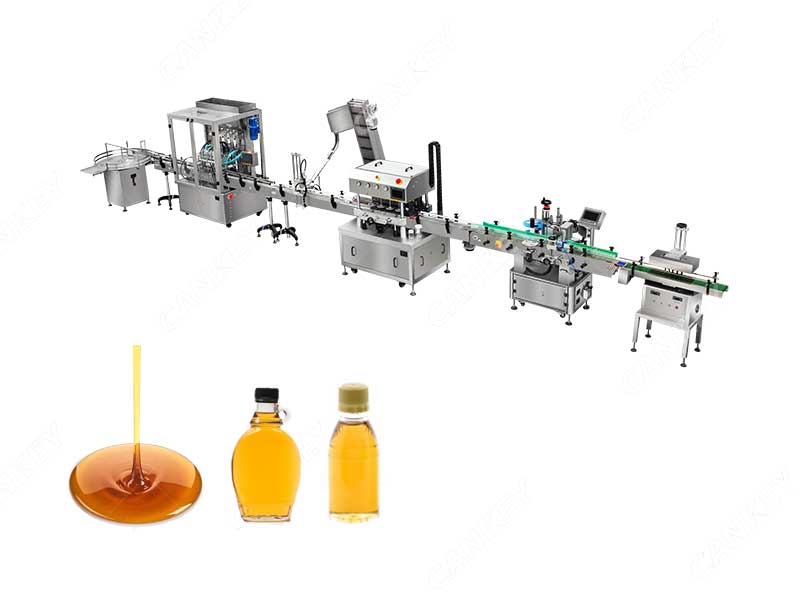In the world of food and beverage production, efficiency, accuracy, and hygiene are paramount. Standard Operating Procedures (SOPs) play a crucial role in ensuring smooth operations, minimizing errors, and maintaining quality control. This article focuses on developing a comprehensive SOP for syrup filling machines, aiming to optimize production processes and enhance overall productivity.
Pre-production procedures
Before initiating the filling process, several important steps need to be taken. These may include:
- Equipment inspection: Thoroughly inspect the syrup filling machine to ensure all components are clean, functional, and properly calibrated. Address any maintenance or repair needs promptly.
- Raw material verification: Verify the availability and quality of the syrup to be filled. Check for expiry dates, lot numbers, and any special handling instructions.
- Line clearance: Clear the production line of any remnants from previous batches, ensuring that no cross-contamination occurs. Clean all surfaces, pipelines, and holding tanks to maintain hygiene.
Machine setup
Proper machine setup is crucial for consistent and accurate filling. Follow these steps:
- Adjusting the filling parameters: Set the desired volume, speed, and accuracy parameters for the syrup filling machine according to the product requirements. Consider factors such as viscosity, temperature, and desired fill level.
- Calibration and testing: Conduct regular calibration checks to verify the accuracy of the machine’s measurements. Test the machine with a small batch to ensure it is performing optimally before proceeding with larger production runs.
- Safety measures: Ensure all safety guards, emergency stop buttons, and safety protocols are in place and functioning correctly. Clearly mark any potential hazards and provide necessary personal protective equipment (PPE) for the operators.
Filling process
Efficient and consistent filling is vital to meet production targets and maintain quality standards. Follow these guidelines:
- Start-up procedures: Initiate the machine following the manufacturer’s instructions. Confirm that all parameters are set correctly, and the machine is operating smoothly.
- Bottle handling: Ensure bottles or containers are clean, correctly oriented, and properly positioned for filling. Implement a system for rejecting any damaged or contaminated containers.
- Syrup flow control: Monitor and maintain consistent syrup flow throughout the filling process. Use appropriate valves, sensors, or flow meters to regulate and control the flow rate accurately.
- Quality control: Periodically inspect filled bottles for accurate fill levels, absence of leaks, and overall product integrity. Implement quality checks at regular intervals to identify and rectify any deviations promptly.
Post-production procedures
The completion of the filling process does not mark the end of the SOP. Post-production procedures are equally important:
- Equipment Cleaning: Thoroughly clean and sanitize the syrup filling machine, pipelines, and other contact surfaces to prevent cross-contamination and ensure compliance with hygiene standards.
- Documentation: Accurately record all relevant data, including batch numbers, production quantities, filling parameters, and quality control checks. Maintain comprehensive records for traceability and troubleshooting purposes.
- Maintenance and troubleshooting: Schedule routine maintenance and inspections to keep the syrup filling machine in optimal condition. Promptly address any malfunctions, leaks, or performance issues to prevent production delays and ensure longevity of the equipment.
Developing a well-defined Standard Operating Procedure (SOP) for syrup filling machines is essential for optimizing production efficiency, maintaining product quality, and ensuring a safe working environment. By following the outlined procedures, food and beverage manufacturers can streamline their operations, minimize errors, and ultimately enhance customer satisfaction.


